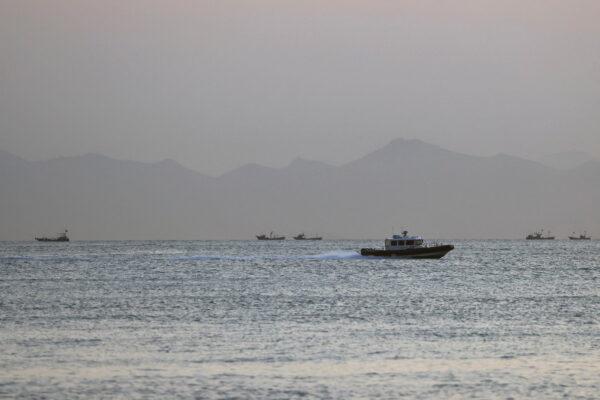Taiwan Increases Monitoring of Flags of Convenience Following Undersea Cable Incident
Taiwan’s coastguard will board ships sailing under flags of convenience if they sail close to undersea cables within 24 nautical miles of the island nation.
Taiwan will enhance the surveillance of ships flying flags of convenience and may board them if necessary. This comes after a cargo vessel suspected to be linked to China was involved in damaging an undersea communications cable, as announced by the government on Wednesday.
On Jan. 5, Taiwan’s coastguard alleged that a Chinese vessel severed an undersea cable near the port of Keelung on the island’s north coast.
Although the coast guard could not confirm the ship’s ownership, Taiwanese officials suspect it belonged to a Hong Kong-registered company, Jie Yang Trading, with ties to the mainland.
Due to adverse weather conditions, the Taiwanese coastguard was unable to board the ship.
There are several reasons for opting for flags of convenience, where a ship registers with a country other than that of its actual owner or home port.
Some countries opt for this for commercial reasons, as certain nations offer lower registration fees and less maritime bureaucracy than others like the United States, Britain, and France.
Last week, Guo Wenjie, the director of Jie Yang Trading, acknowledged that the Shunxin-39 was in the Keelung area at the time but denied any involvement in damaging the cable.
Guo stated to Reuters: “There’s no evidence at all. I spoke to the ship captain and for us it was a normal trip.”
Taiwan’s National Security Bureau released a report stating plans to increase surveillance of ships flying flags of convenience and may board them if necessary, especially within 24 nautical miles of Taiwan’s coast near undersea cables.
The bureau mentioned that such ships, known for misreporting information in the past, will be prioritized for inspection at ports.
‘Collect Threat Alert Information’
“The bureau will continue to exchange intelligence with like-minded countries, collect threat alert information, analyze developing trends in sabotage techniques and false covers, and share prevention and response experience,” the bureau added.
Taiwan also aims to collaborate more closely with the United States and European nations concerning undersea cable infrastructure.
This initiative follows incidents in the Baltic Sea involving damaged undersea cables.
In another incident, a Chinese ship, the Yi Peng 3, was suspected of cutting two undersea fiber-optic cables in the Baltic in November.
Concerns have risen in Taiwan about the covert activities of China surrounding the island, seen as a means to pressure it without direct confrontation.
Nation Under Constant Threat
Taiwan—officially known as the Republic of China—is regarded as a rogue province by the Chinese communist regime, with Chinese leader Xi Jinping frequently threatening invasion if Taiwan pursues independence.
Taiwan, a democratic island, has been self-governing since 1949 and has never been under the control of the Chinese Communist Party.
The United States stands as Taiwan’s key ally and primary arms supplier.
Taiwan faces an increasingly aggressive China seeking to capture the island and extend its naval and air power in the western Pacific and beyond.

A Taiwan Coast Guard ship travels past the coast of China, in the waters off Nangan island of Matsu archipelago in Taiwan on Aug. 16, 2022. Reuters/Ann Wang
As an island nation, Taiwan is particularly susceptible to interference with its undersea cable infrastructure.
Reuters contributed to this report.





